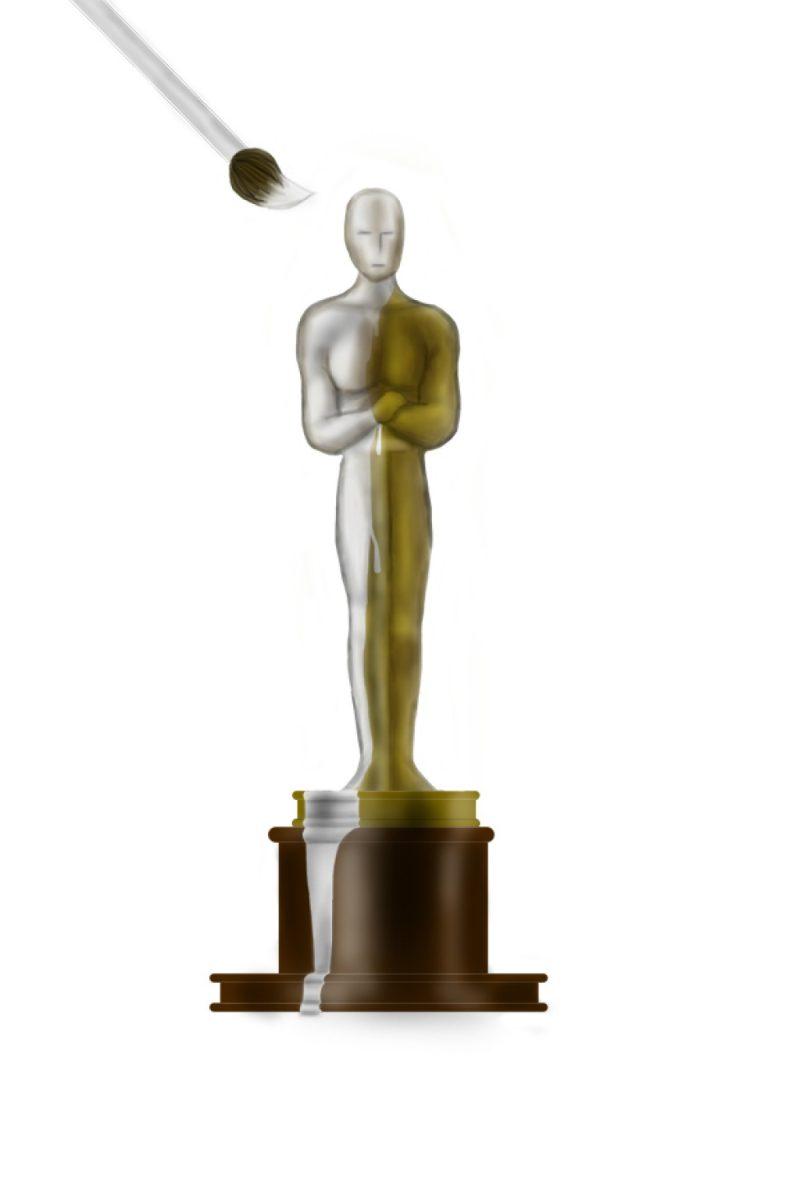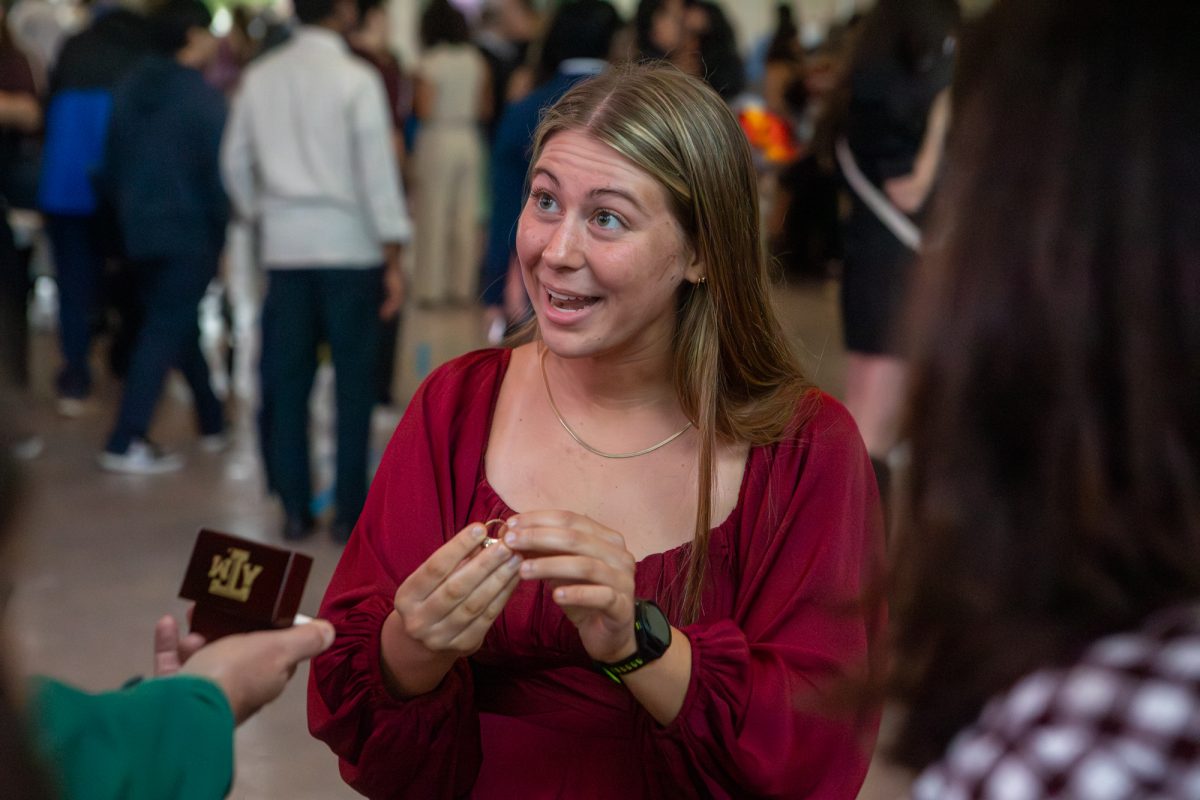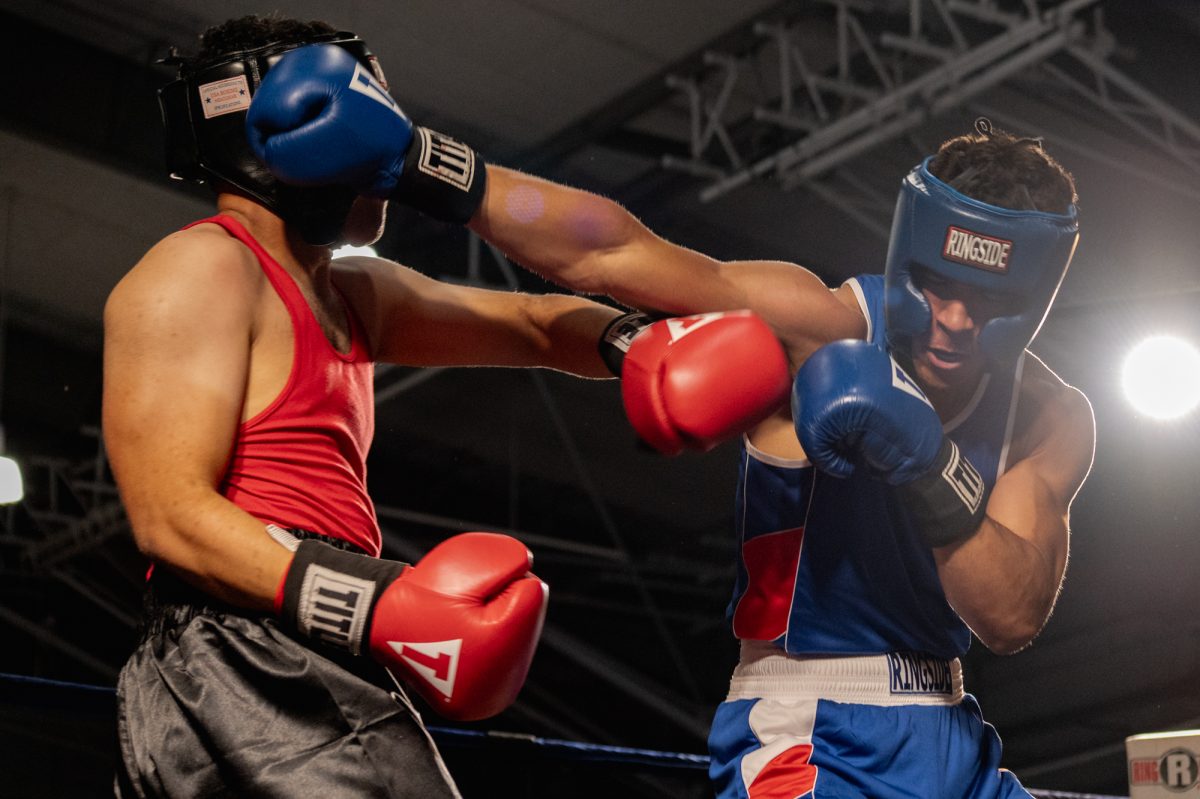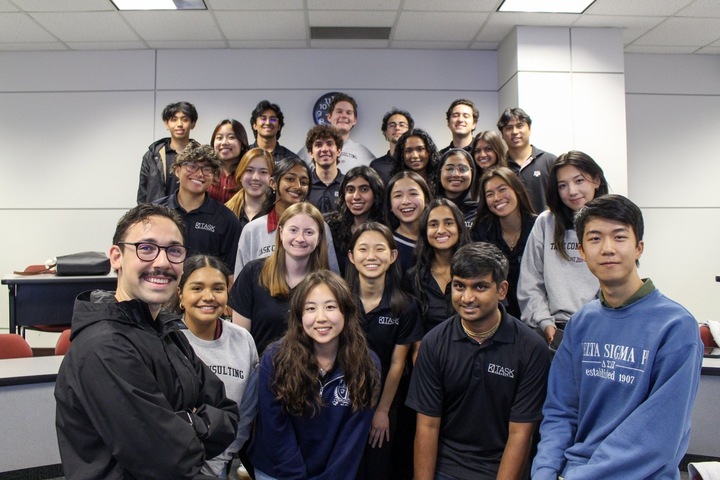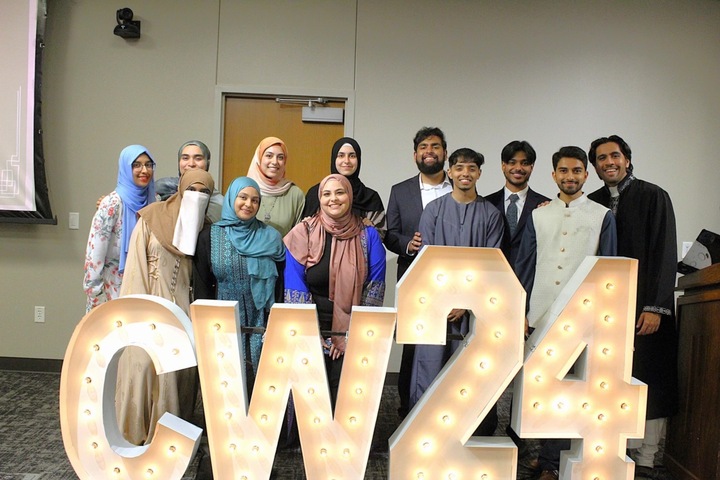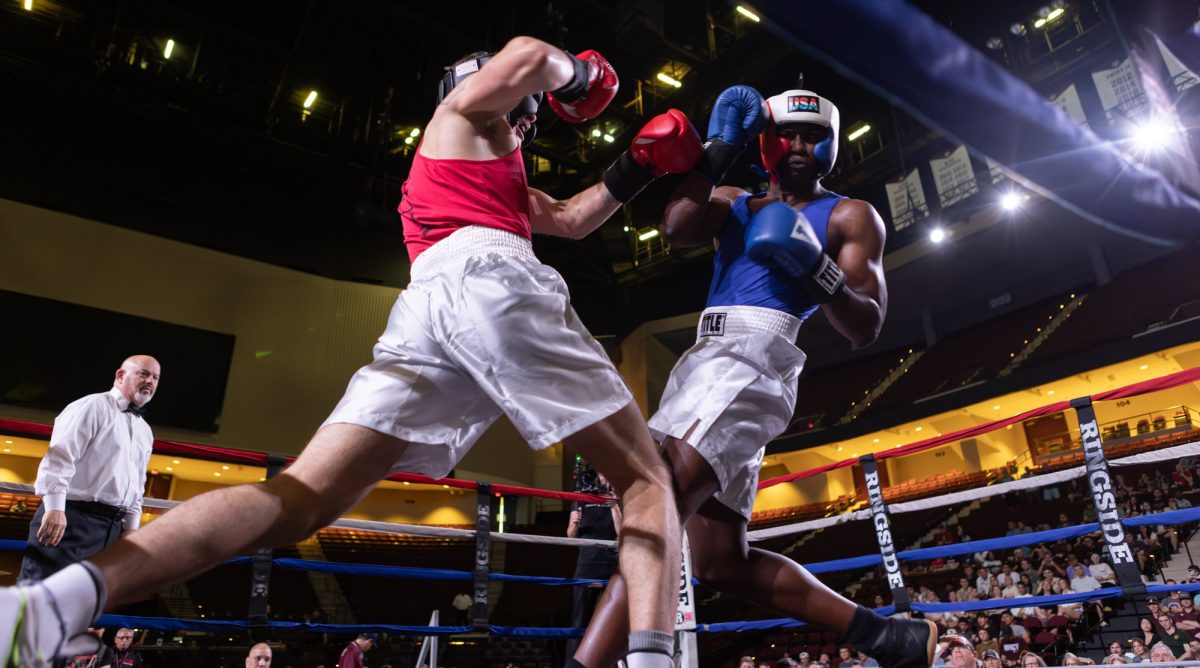The Academy Awards will celebrate some of the film industry’s critically acclaimed films from the past year. However, the Academy is receiving some criticism due to the “white washed” Oscar nominee list that was released Jan. 15.
The lack of a diverse set of nominees inspired Twitter users to fill the site with tweets featuring the hashtag #OscarsSoWhite.
This criticism, which initially brought up a discussion about racial and ethnic representation in American cinema, prompted broader questions about which members of society fully participate in the film industry. Some professors and students think by observing the lack of diversity in the film industry, many underlying social issues can be resolved.
Daniel Humphrey, professor of film studies, said a lack of diversity in Hollywood is reflected in the content produced by Hollywood.
“One of the things people point out in Oscars is that some of out in Oscars is that some of the nominators say, ‘You can’t expect a bunch of black film nominations if a bunch of black films aren’t being made,’” Humphrey said. “This points to the concern that there aren’t as many films being made by and for black people as there ought to be.”
Srividya Ramasubramanian, an associate professor of communication, called this exclusion “symbolic violence” and said this exclusion has fostered gender and racial stereotypes.
“Blacks are commonly associated in films as the comic, or the sidekick role,” Ramasubramanian said. “They are frequently cast into roles associated with criminality, or are the buffoon, or reinforce stereotypes such as lazy, villainous and violent-prone.”
Ramasubramanian said other minorities are also subjected to these misrepresentations.
“Statistics show that there is a mismatch between figures that we have of crime and what is portrayed in film and actually an overrepresentation in film of the amount of crimes and violence in minority populations such as Latinos and Arabs,” Ramasubramanian said.
Ramasubramanian said these misrepresentations in film can lead to a distorted view of these minority groups.
“These cultural stereotypes can become implicit stereotypes that we are not aware that we have,” Ramasubramanian said.
Wendi Bellar, a communication graduate student, said social media sites like Twitter play an important role in questioning and criticizing a lack of diverse representation in film.
“Social media is the perfect outlet for criticism,” Bellar said. “For the first time, anyone can critique problems that they see, not just celebrities, or news reporters.”
Bellar said she felt the #OscarsSoWhite trend was “a good start to critique the system of underrepresentation in the film industry.”
However, Bellar said the three-word trend is just a small part of a much larger issue — one that questions how the media affects society’s view of women and minorities.
Humphrey said the industry, which is predominantly operated by white males, should be more inclusive.
“I’d say the entire system needs to try harder to hire people of color and women for major roles,” Humphrey said. “Women don’t get hired for directors for major films — and that’s another major concern.”
Ramasubramanian said society should become more culturally inclusive and viewers need to be more socially aware and supportive of diverse films and become more literate of the media. Ramasubramanian said viewers need to understand how to interpret the films and television and be more cognizant of who the content creators are.
“It is not such a simple solution,” Ramasubramanian said. “But I am glad to see that the issue of diversity in film and media is a discussion.”
#OscarsSoWhite: Is the 2014 field whitewashed?
January 21, 2015
0
Donate to The Battalion
$2065
$5000
Contributed
Our Goal
Your donation will support the student journalists of Texas A&M University - College Station. Your contribution will allow us to purchase equipment and cover our annual website hosting costs, in addition to paying freelance staffers for their work, travel costs for coverage and more!
More to Discover




